Nile River attractions show how the world's longest river, the history, culture, and the beauty of landscapes across Egypt, have united to give a magnetic core to get attracted to the country. The Nile has been the life thread of Egyptian civilization for thousands of years, and even to this day, attracts tourists from all parts of the world. If visited, any tour down one of the most famous rivers in the world with a host of treasures would make your visits to Egypt truly memorable. Let each port along the Nile, from the throbbing heart of Cairo to the sparsely settled beauty of the temples around Aswan, open up new adventures. Other stops could also involve the exploration of ancient gems such as the Pyramids of Giza.
For those guests who are looking to be deep inside Egypt's richness, Egypt travel packages offer personalized experiences that meet all tastes and interests of clients: from history lovers and nature admirers to luxury and relaxation seekers. Egypt Nile cruises are one of the most favorite ways to feel the charm of the Nile. It combines comfort and exploration, sailing from Luxor to Aswan in a felucca boat, you shall see some of Egypt's most famous places: the Valley of the Kings, the Karnak Temple, and Philae Island. Such cruises do not only offer an ultra-luxurious mode of transportation, but they also offer a very personal relationship with the river that has predetermined the fate of Egypt since time immemorial, whether it is a family vacation, romantic getaway, or a baba-cation with friends, these two main Nile River attractions form the cornerstone of any Egypt tour that offers memories a lifetime.
Top Attractions on the Nile
In your Nile trips, make sure to include "top attractions to visit on a Nile River cruise" to get an appreciation of the richness in history and culture left behind by this great nation of Egypt. Magnificent temples to be encountered between Luxor and Aswan are major ones: those of Karnak, Luxor, and Edfu each unique and holding its own splendor of ancient Egyptian civilization, evidence of the afterlife the pharaohs believed in lies in the Valley of the Kings and the Valley of the Queens, stopping at iconic sites such as Kom Ombo and Abu Simbel, revealing architectural wonders that Egypt has in store. A Nile River cruise is one of the best ways to see these riches, combining enjoyment with a rich cultural experience.
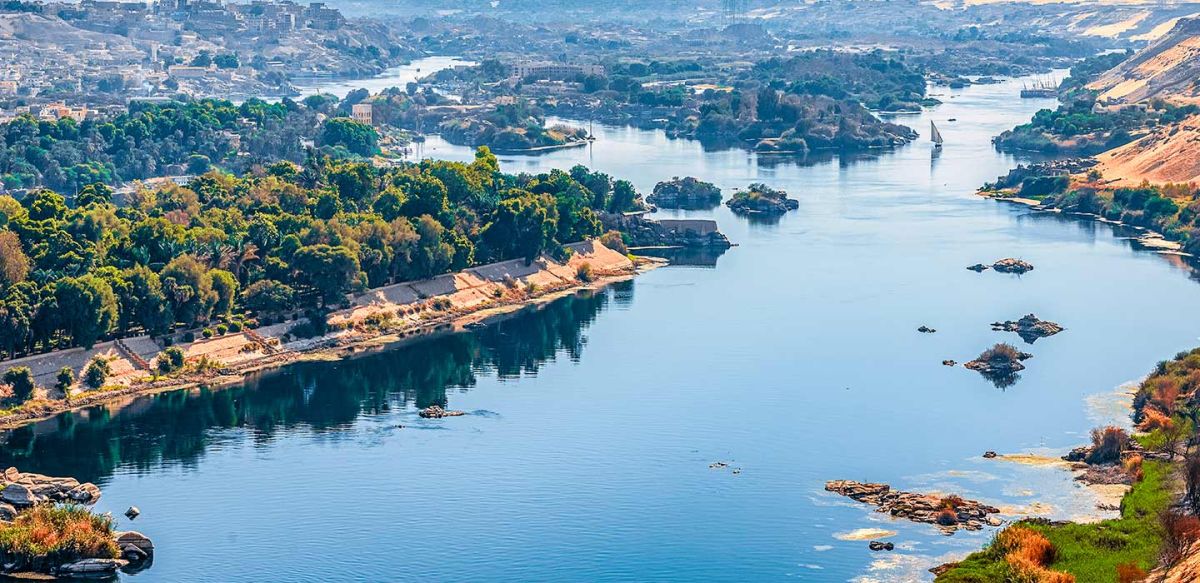
1. Abu Simbel Temples
Contributing to making any list of things to do in Aswan a daunting place, the Temples of Abu Simbel are huge. These gargantuan temples were developed in the mountainside by none other than the master himself, Ramesses II, proving the genius of ancient Egyptian engineering and artisanship, the gigantic temples paid homage to the gods Ra-Horakhty, Ptah, and Ramses, with four colossal statues of the pharaoh that greet the visitor upon approach. Inside, intricate carvings and hieroglyphs show his victories and his divine link to the gods. In the 1960s, the temples had to be moved to save them from this rising lake, so now they represent not just an ancient wonder but a modern wonder of engineering.
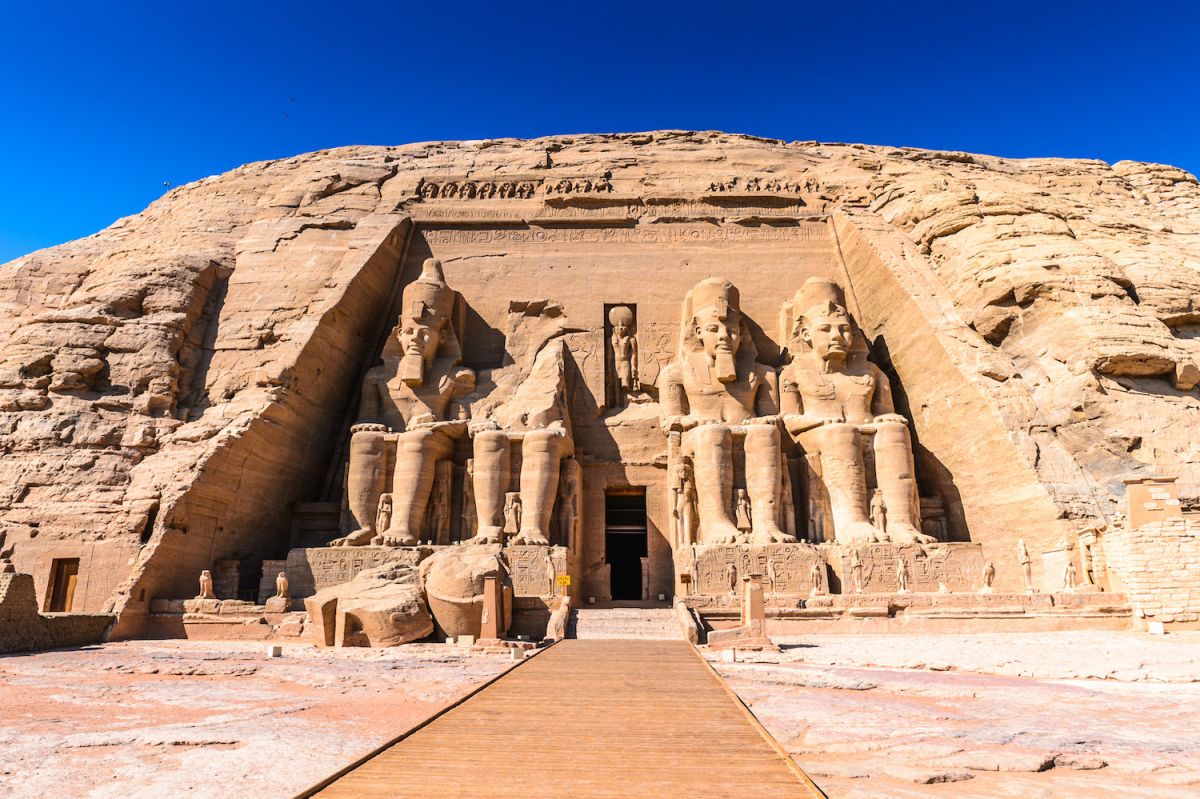
2. Philae Island
The inclusion of an excursion to Philae Island becomes the greatest of all pleasures in any package of Egypt with Nile cruise, there does exist a beautiful island occupied by the Temple of Isis, one of the last ancient temples built in classical Egyptian style plus the calm waters of the Nile surround this island and provide peace of mind to the visitor who may sometimes wander among the beautifully preserved temples and shrines. While the complex, relocated to Agilkia Island to avoid flooding, is well-known for its intricate carvings and prolific history, a visit to Philae Island gives one a fascinating glimpse into the religious past of Egypt and is a must-see for any person sailing along the Nile.
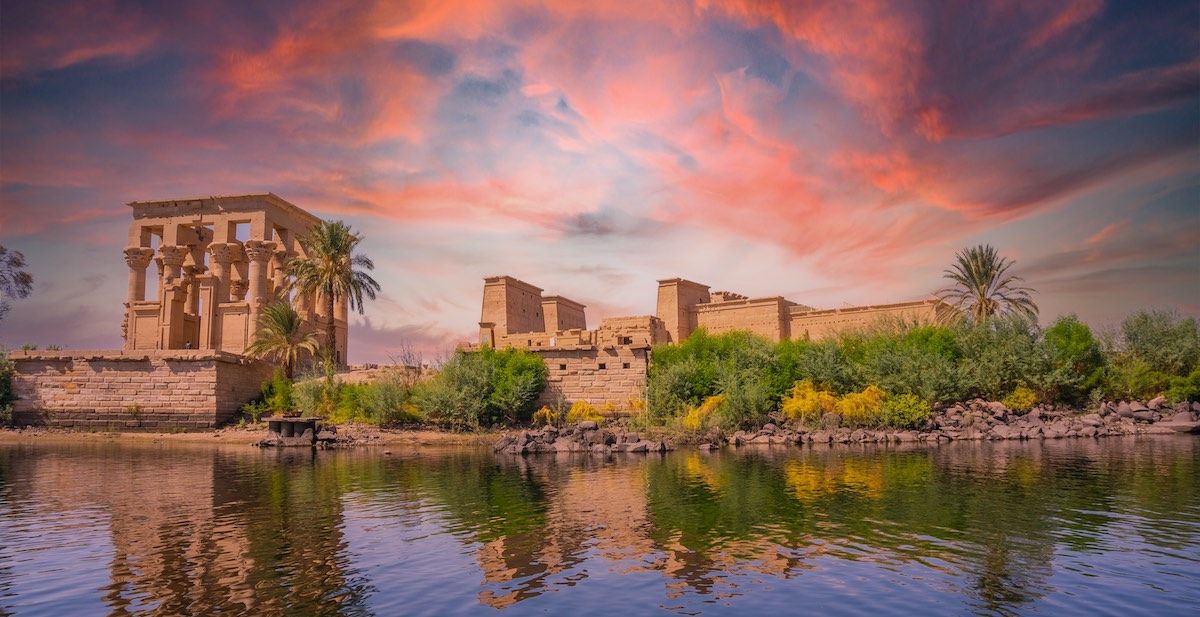
3. Nubian Museum
The Nubian Museum is the most interesting in Aswan out of all the Nile River tourist attractions because it gives insight into the history and culture of the Nubians. Opened in 1997, the museum includes a great number of exhibits, such as pottery, jewelry, and statues, which prove the greatness of the Nubian civilization. The exhibits also contain expressions of the impact of the Aswan High Dam on the Nubian community, epitomizing the region's strong resilience and adaptability. Marvelously landscaped gardens and a modern design give visitors to this institution a different experience in culture, therefore making it a place that must be visited along the Nile.
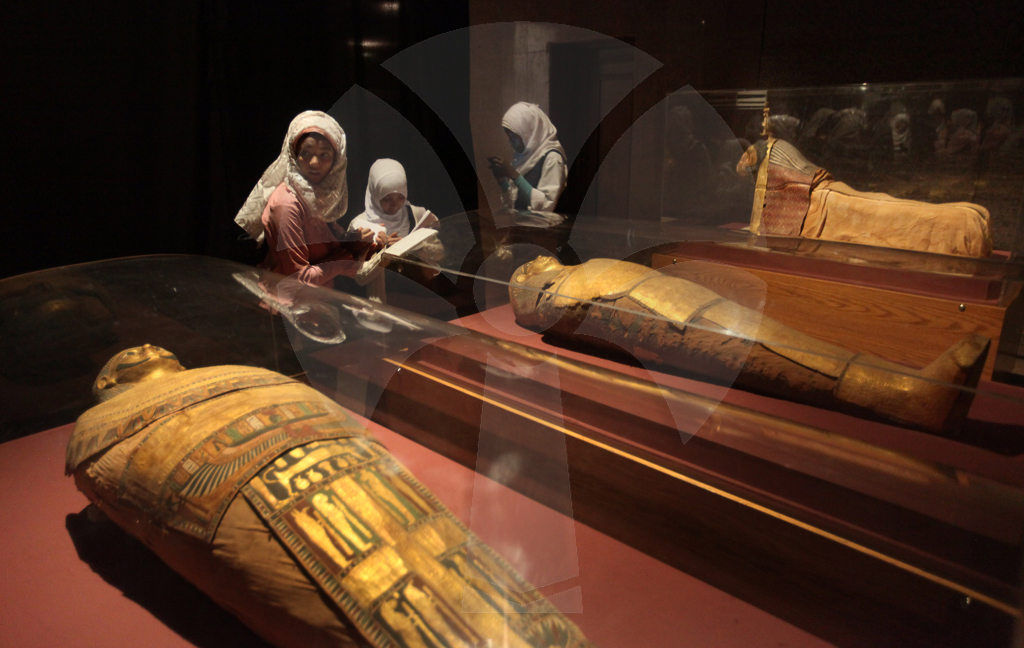
4. Nubian Village
Visiting a Nubian Village is always a pleasure, more so for those who come along with their families to take an Egypt family tours. These are very colorful villages located along the Nile, close to Aswan, with lots of beautiful designs and patterns that highlight the exterior of simple yet very traditional houses. Also worth mentioning is that it's an excellent place to learn about Nubian culture because families will find it easy to interact with locals, taste some homemade Nubian cuisine, and learn their customs and traditions. It will be more to their liking with music, crafts, and even village pet crocodiles. A visit to a Nubian Village is a good way to experience their culture, which will turn out to be among your family's memorable experiences in Egypt.
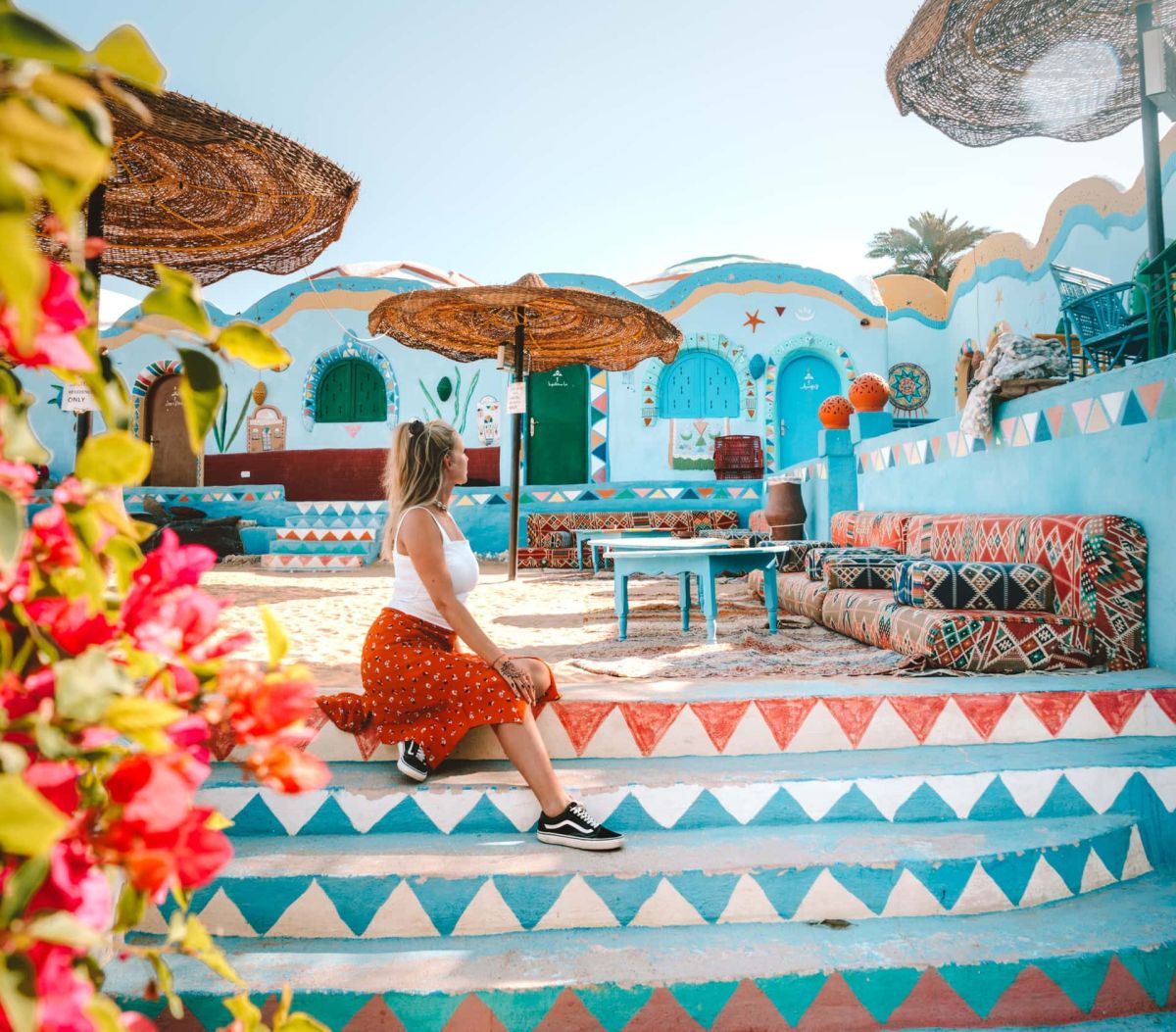
5. Elephantine Island
Elephantine Island ranks among one of the most crucial Nile River cruise attractions located in Aswan, the Nile. The history of this ancient island dates back to the pre-dynastic times and proved itself well as a significant trade center between ancient Egypt and Nubia. Ruins of temples dedicated to Khnum, god of the flood of the Nile, and Satis, goddess of the inundation, are open to view and tell something about the religious traditions of Ancient Egypt. The territory contains a nice Nubian village and an Aswan Museum with exhibits on finds from the island, it is one of the best locations by the Nile, with historical sites, archaeological ruins, and serene surroundings, captured by every camera of those on a cruise.

6. Aswan High Dam
Finished in 1970, the Aswan High Dam is unquestionably one of the greatest engineering feats of our time and a major draw for those cruising the Nile River, three reasons this massive construction was built were to prevent the Nile from flooding every year, generate hydroelectricity, and provide irrigation water, The dam created one of the biggest artificial lakes in the world, which happens in Lake Nasser Cruise, going deep into southern Egypt and northern Sudan. It is at the dam that visitors see with their own eyes the huge size and become familiar with the enormous effect it has had on the economy and environment of Egypt, views from atop the dam contrast between endless desert landscapes and the extensive waters of Lake Nasser, setting the scene for a truly one-of-a-kind stop along a Nile River journey.

7. Kitchener’s Island
Kitchener's Island, otherwise known as El Nabatat Island, is an intensively cultivated botanical paradise within the Nile at Aswan and, for the most part, a highlight tucked into a Dahabiya Nile cruise. The island was turned into a botanical garden by Lord Kitchener in the late 19th century, importing here exotic plants from all over the world. Today it contains an extensive collection of plants from the tropical and subtropical regions, providing tranquility against the surrounding desolation, one could walk through the beauty all around on well-manicured paths between towering palms, colorful blooms, and even rare species while soaking in the serenity, such stoppage, Kitchener's Island, serves as part of the Dahabiya Nile cruise when in search of tranquility and nature.
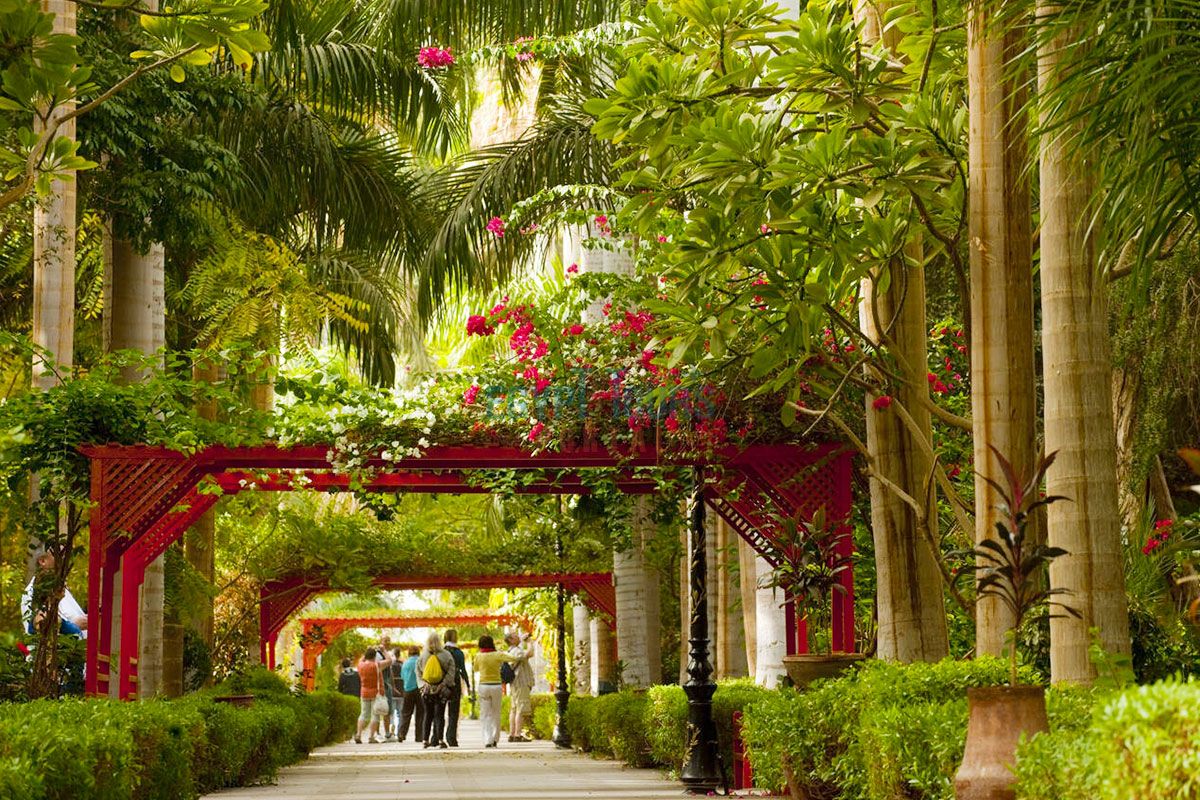
8. Kalabsha Temple
Kalabsha is one of the most interesting sites and is covered almost in all Egypt Easter tours to the south of Aswan, it is special in giving a view of the history and architecture of Nubia, the temple was originally located at Bab al-Kalabsha and was dedicated to Mandulis, the Nubian sun god. One of the largest free-standing temples in Nubia, the Temple of Kalabsha once stood several kilometers to the south, located south of the Aswan Dam; it has been dismantled and relocated to its present site at New Kalabsha. It was transferred to its current site in New Kalabsha from its original location during the 1960s due to the construction of the Aswan High Dam, it is one of the beautiful temples, given the vehicle bears very well-maintained reliefs, and carvings with a superb state of preservation that is combined with Roman emperors dedicated to ancient Egyptian gods. A trip to Kalabsha Temple during an Egypt Easter holiday will unlock the mystery of how the ancient civilization merged; thus, it should be one of the temples to visit for a person who likes to venture back in time.
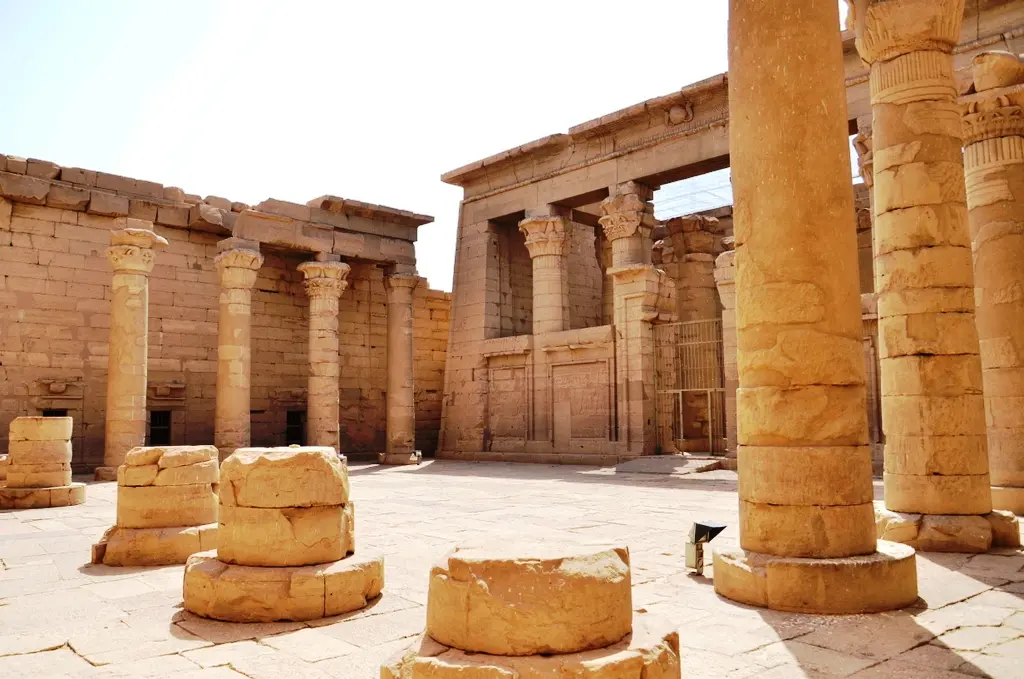
9. Kom Ombo Temple
One of the major features that should not be missed on a Luxor and Aswan Nile cruise is the unique double temple, the Kom Ombo Temple. What makes this site exceptional is that it is dedicated to two gods: Sobek, the god of the crocodile, and Horus, the god with the head of a falcon, as such, it represents one of the few temples in Egypt devoted to dual worship and the symmetrical design of the temple reflects this duality with twin entrances, halls, and sanctuaries. The temple, constructed during the period of the Ptolemies, is dressed everywhere with finely preserved reliefs depicting scenes of ancient medical instruments and rituals, there's an interesting crocodile museum within the temple area where several mummified crocodiles found in the area are displayed.

10. Edfu Temple
One of the best-preserved temples in Egypt, Edfu Temple is certainly a feature of a 4 days Nile cruise, dedicated to the falcon-headed god Horus, this temple proudly tells a lot about the greatness of Ptolemaic architecture, with huge pylons and finely carved details, The temple interior is ornamented with colored reliefs re-creating both scenes of ritual sacrifices and the mythological fight of Horus against Seth, very well-preserved Edfu Temple offers a real treat to the eye in connection with ancient religious rituals and forms of artistic expression within the country, a visit to the Temple of Edfu offers engrossing and deep insights into Egypt's rich cultural past as part of a four-day Nile cruise itinerary.
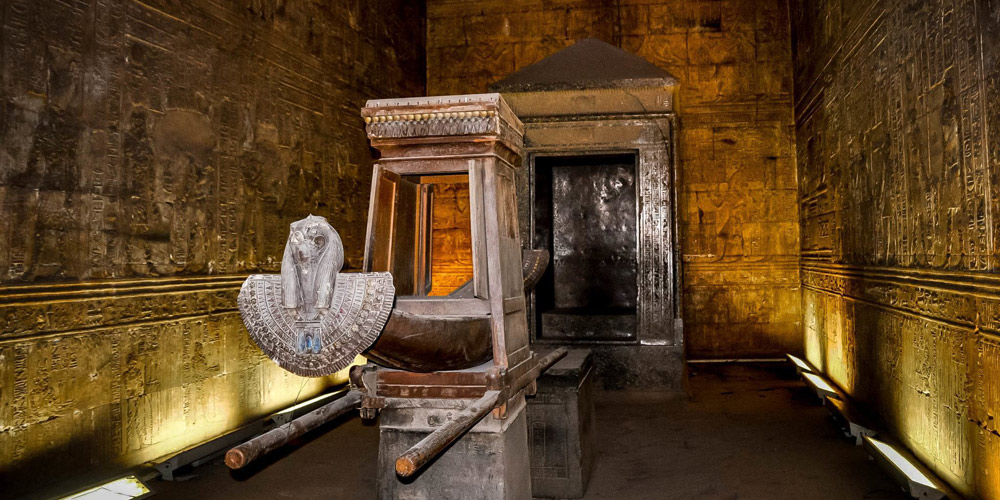
11. Valley of the Kings
On the "5 days Nile cruise, a visit to the Valley of the Kings will not be forgotten, it is the final resting place of many of Egypt's most illustrious pharaohs, including Tutankhamun and Ramses the Great; this legendary burial site lies on the west bank of the Nile near Luxor, it is a valley of extremely ornate tombs, with fine hieroglyphs and murals in bright colors that show the scenes from the Afterlife, each tomb has something new to tell about mortuary habits and beliefs espoused in this civilization, taking a visit to the Valley of the Kings brings one very close to the erstwhile glory that Egypt held and forms part of a Nile cruise high spot.
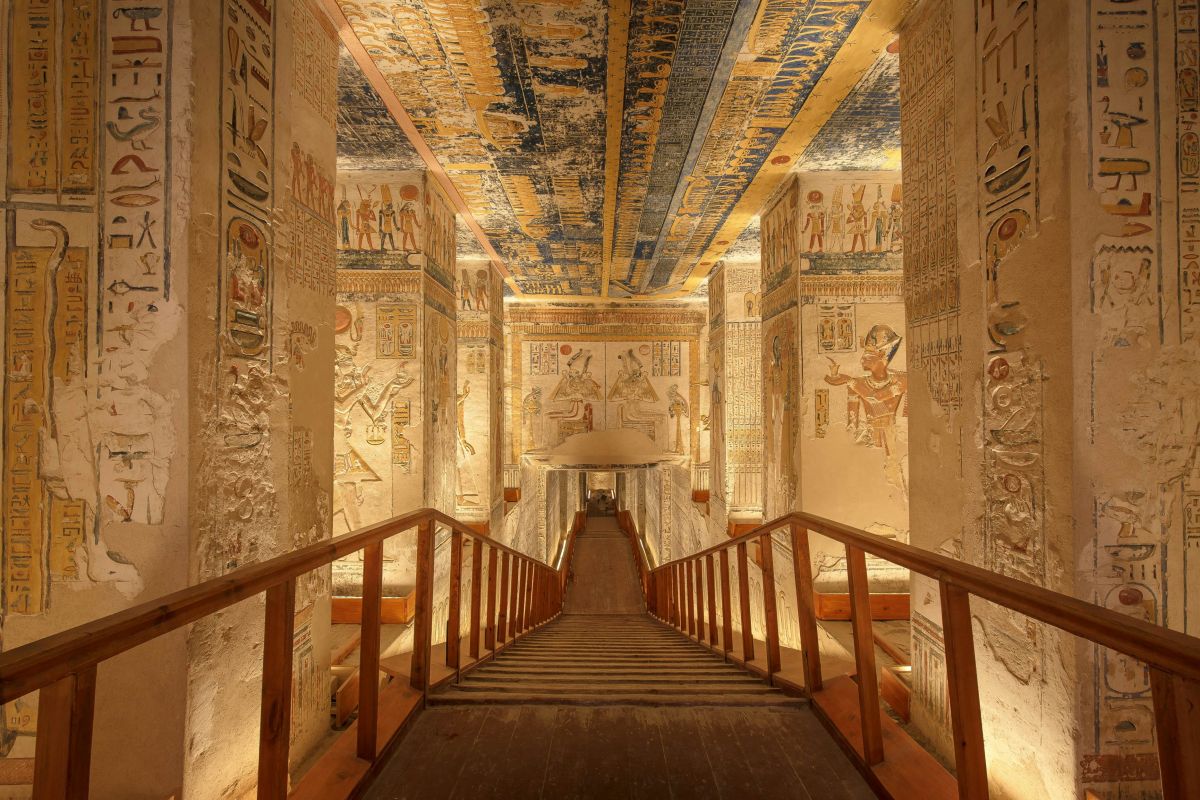
12. Valley of the Queens
Probably one of the most interesting things to do in Luxor will be to explore the Valley of the Queens, this cemetery is placed on the west bank of the Nile, and in times of the New Kingdom period, it was known as the final resting place of wives and children of pharaohs. A few of these tombs are very famous for their lively decoration, mainly that of Queen Nefertari, with amazingly colorful wall paintings. While smaller than that of the Kings, the Valley of the Queens is far more intimate and always riveting in terms of its reflection of ancient Egypt's royal family lifestyle and afterlife beliefs; it forms a rich cultural experience that adds depth to any exploration of Luxor's ancient treasures.
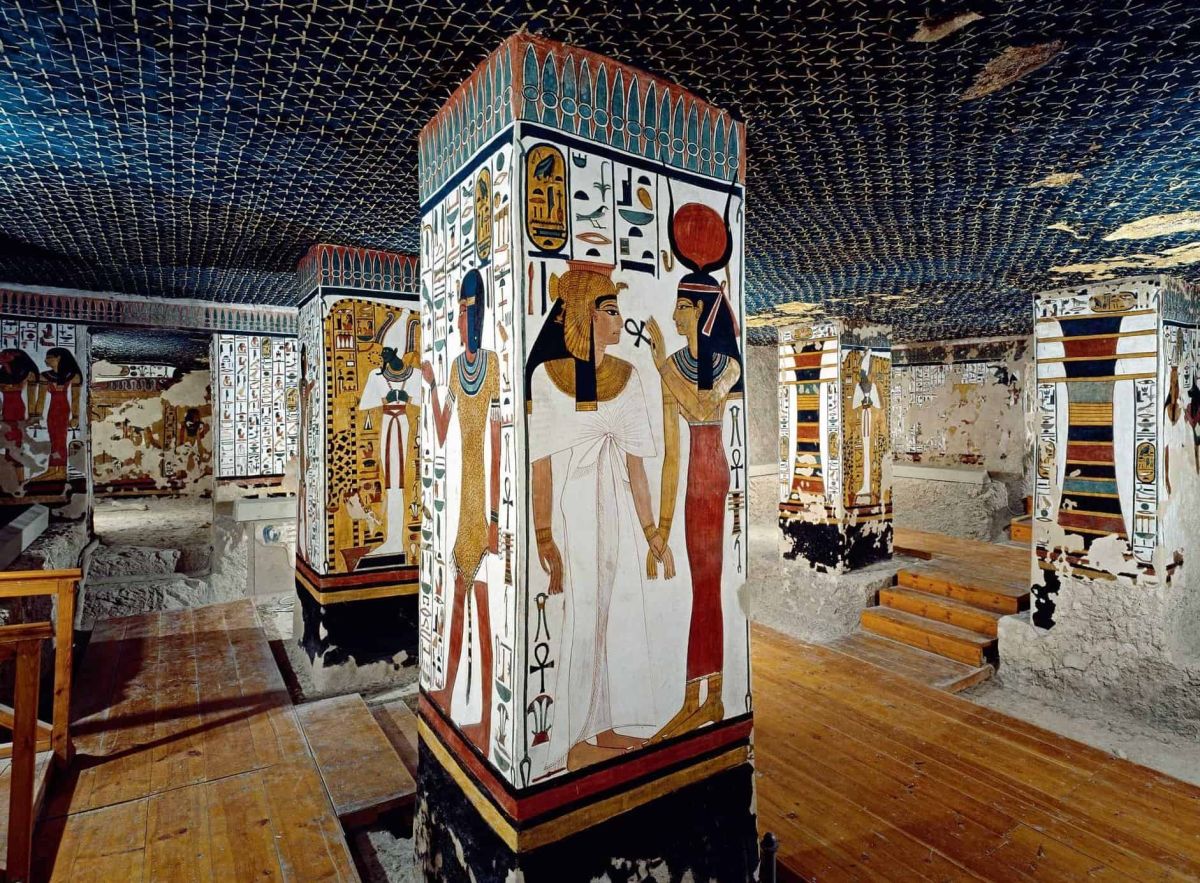
13. Karnak Temple
The incomparable view of the splendor of ancient Egyptian architecture and religious life is granted by one of the most outstanding highlights of Egypt classic tours: the Karnak Temple. This vast temple complex, dedicated more than anything else to Amun-Ra, the chief god of the Theban triad lies near Luxor on the eastern bank of the Nile. One of the many magnificent buildings on this site is the Great Hypostyle Hall, with its soaring columns and finely carved reliefs. The temple includes several courts and pylons, together with their obelisks, covered with intricate carvings and images. Any classical visit to Egypt must include a visit to the Karnak Temple for immersion insight into the splendor of an ancient past Egypt holds, which is demonstrated by the enormous scale and historical value it represents.
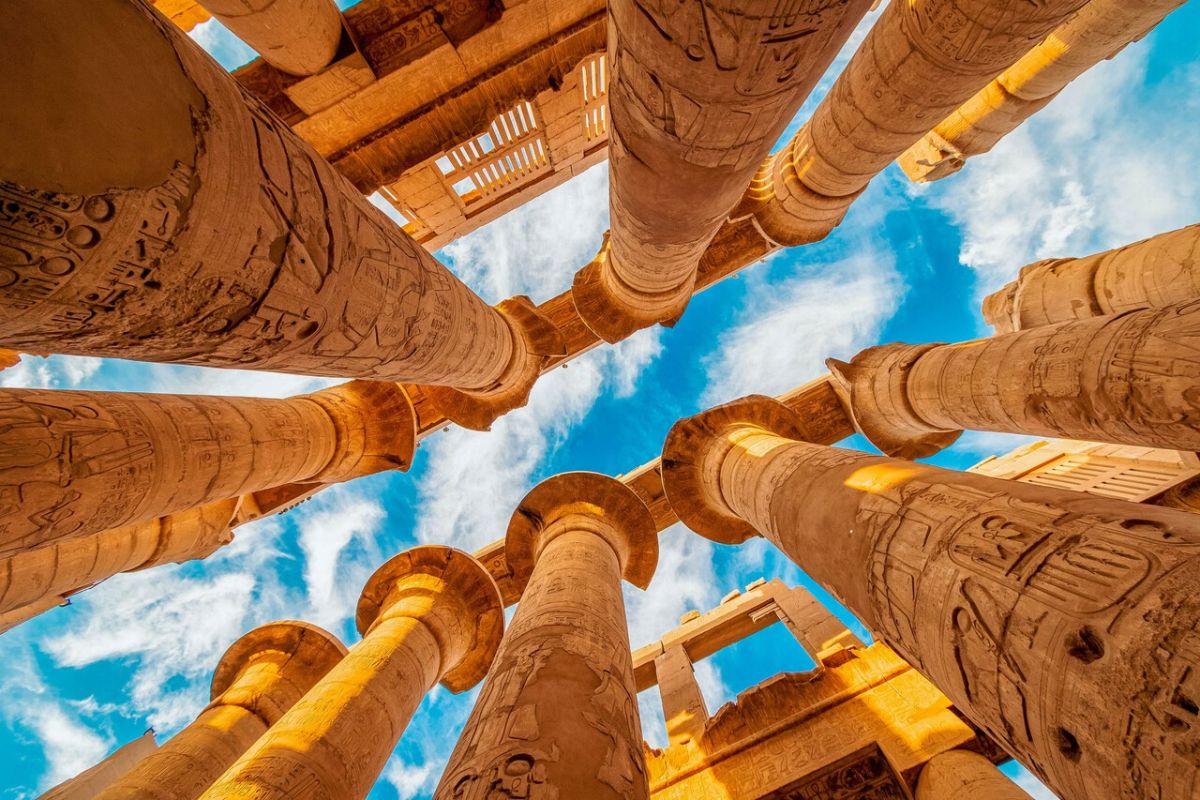
14. Luxor Temple
Luxor Temple is one of the jewels in the 5 days Dahabiya cruise package. On the east bank of the Nile, this great temple was built during the New Kingdom and dedicated to the extension of kingship. Between imposing statues of Ramses II, the grand entrance gives way to a wonderfully preserved courtyard and hypostyle hall, with intrinsically detailed carvings and hieroglyphs. Historically, Luxor Temple was host to the Opet Festival, one of the most important religious observances. Nestled at the core of Luxor, Luxor Temple remains one of the highlights that a journey in the Dahabiya has in store. A visit to Luxor Temple reveals information about the ancient Egyptians and their traditions belonging to the royal court, an extra dimension to a leisurely cruise on the Nile.
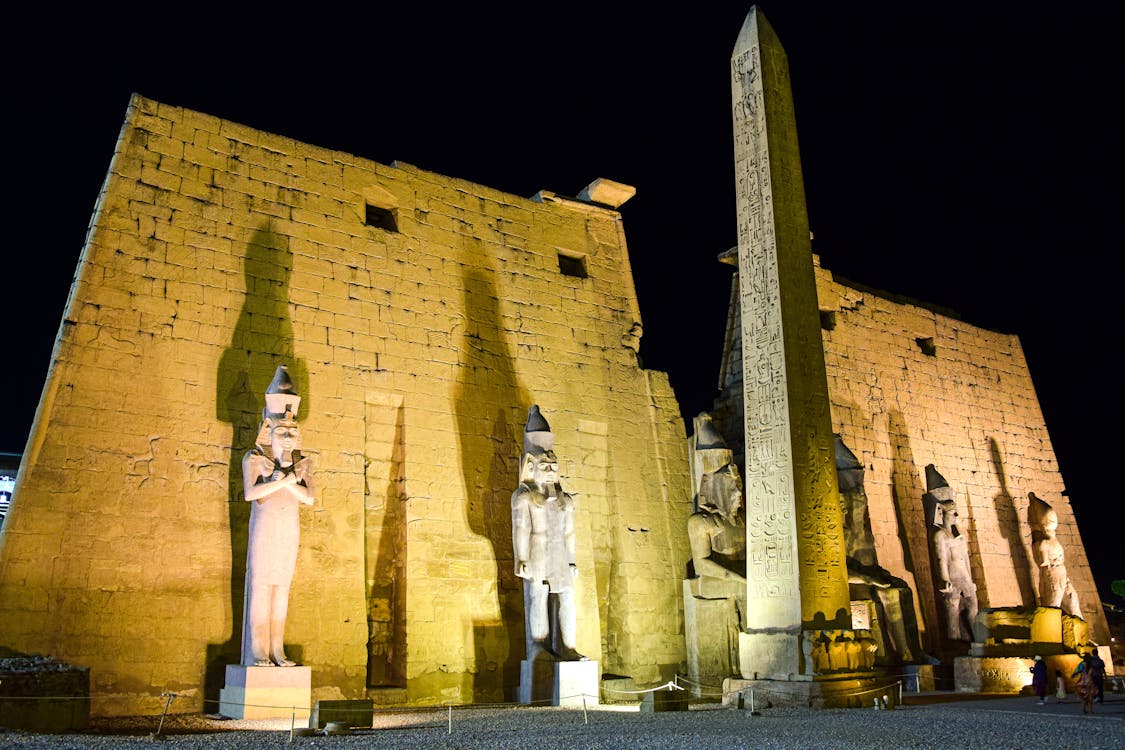
15. Colossi of Memnon
The most exciting site one might have visited during an 8 days Nile cruise, is the two huge statues of Colossi of Memnon, nearly eighteen meters in height, which symbolize one of the main important pharaohs of ancient Egypt, Amenhotep III. These were once located near the entrance of the funerary temple of Amenhotep, which has long since crumbled under the harsh effects of time. It is known both for its grandeur and the bizarre "singing" phenomenon that developed from fluctuations in temperature and erosion. Now, the Memnon Colossi are magnificent remains, reminding one of the bygone days of the greatness of Egypt. Visiting these enormous statues gives valuable historical context and enriches a voyage along the Nile's understanding of ancient Egypt's treasures.
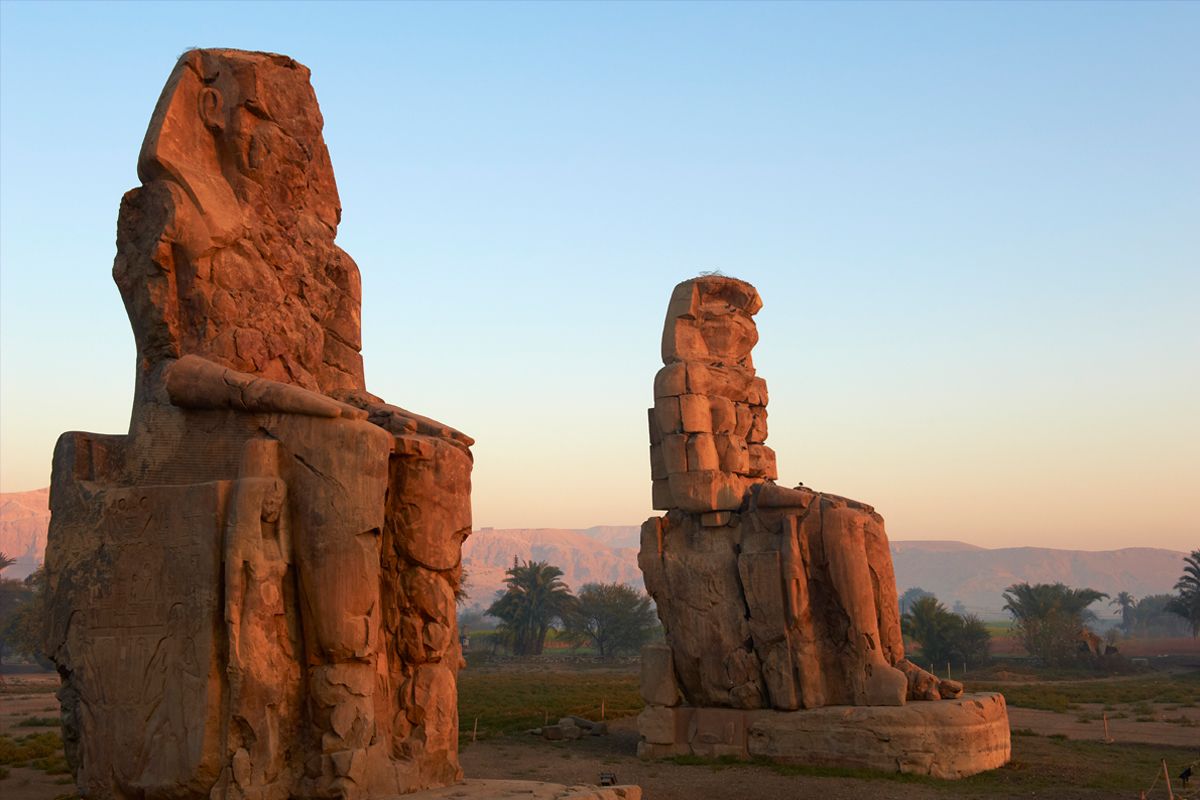
16. Temple of Hatshepsut
A very significant site of Egypt Nile Cruise Tours is the Temple of Hatshepsut, this magnificent temple that is dedicated to one of Egypt's most remarkable female pharaohs is characterized by unique architecture and is located in a breathtakingly beautiful area near the cliffs of the Theban Mountains. The design of the temple includes a series of several levels that is uplifted by the grand colonnades, which are also connected to the landscape. By the unique terraced design, the sacred place seems to have been integrated into the surrounding slope. Alternatively tourists can stand next to the colossal temples in Egypt. The temple was designed as a series of plinthed terraces that ended in the steeper front of the Theban cliffs.
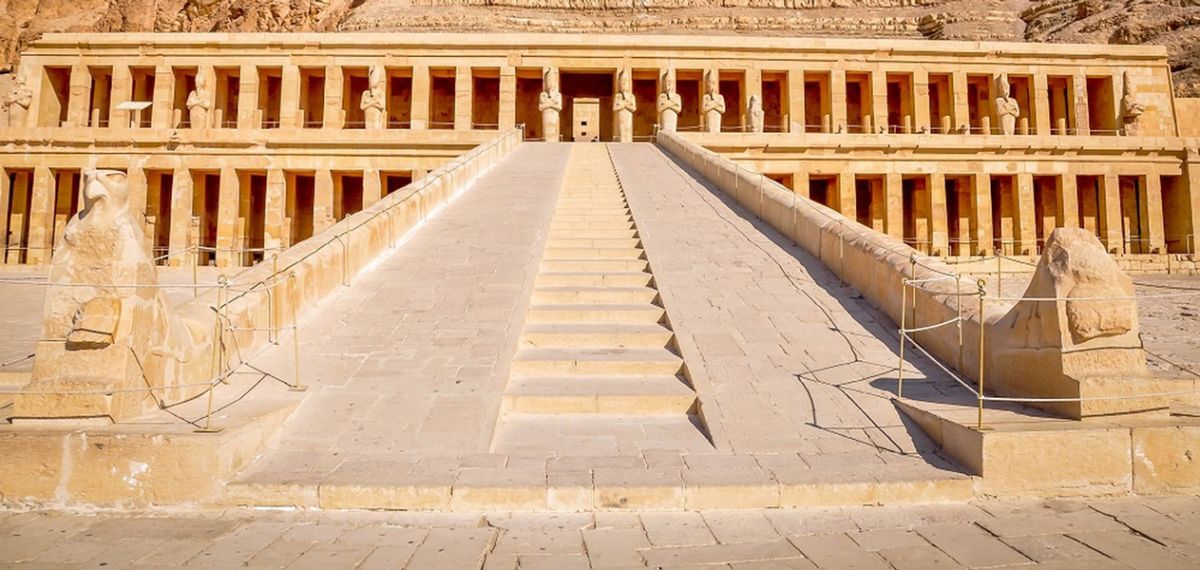
17. Luxor Museum
What distinguishes Luxor Museum from all other museums in Luxor, aside from the dazzling pieces of the ancient heritage put on show, is the small-scale presentations of high-context exhibits. Located on the east side of the bank of the Nile, it offers an intimate opportunity that is more doable than the large Egyptian Museum in Cairo. They include treasures such as statues of well-known pharaohs, among them Amenhotep III and Ramses I, cursively found riches from Tutankhamun's tomb, and antiquarian weaponry. One can have a proper cultural experience due to the well-designed galleries and serene atmosphere of the museum; therefore, it is one of the places to visit by anybody who comes to see the historical attractions of Luxor.

18. Abydos Temple
The Abydos Temple is one of the largest, most beautiful, and best-preserved ancient sites in all Egypt, representing a site of great historical and architectural importance. It lies about 160 kilometers north of Luxor and was dedicated to Osiris, lord of the realm of the dead. It was a place of major worship during the New Kingdom. According to its Reliefs alone, it would be placed among the places that an archaeological visitor would be eager to explore, as among them is the Abydos King List, which provides chronological proof regarding Egyptian pharaohs. The walls are illustrated with intricate carvings that describe the divine birth of the king and other offerings to the gods.
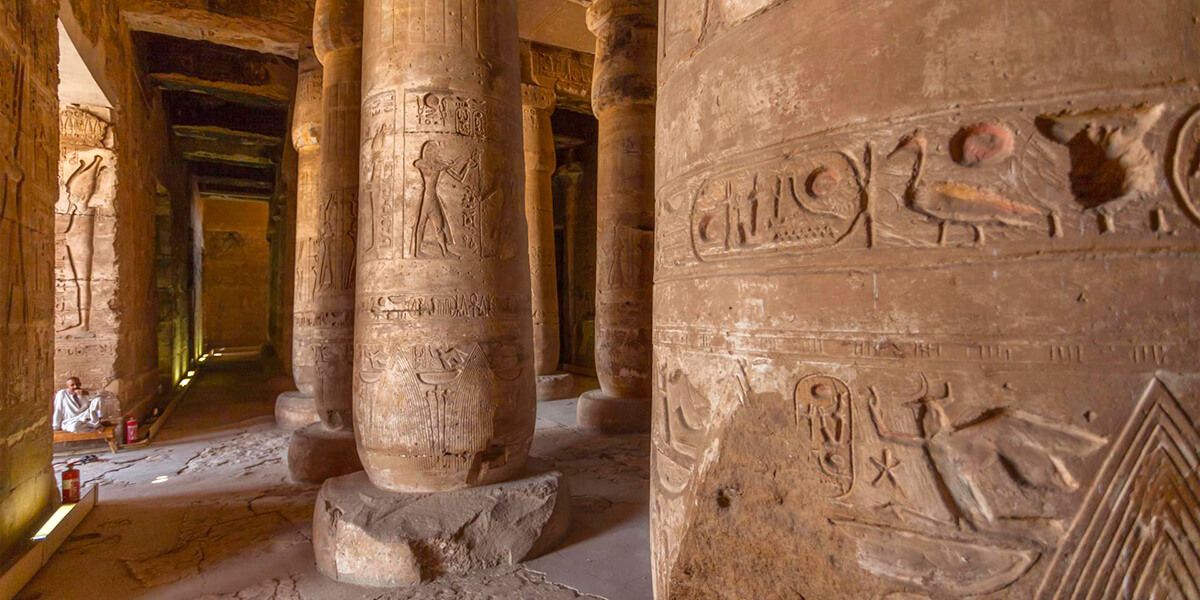
19. Temple of Dendera
Located on the western side of the Nile, not too far away from Luxor, the Temple of Dendera is one of the best-preserved temples in Egypt. Being dedicated to Hathor, the goddess of love and motherhood, it has finely decorated capitals with Hathor heads atop the Hypostyle Hall. The temple is best known for its colorful Dendera Zodiac ceiling carvings. Inside the complex, there is a sacred lake used to serve ceremonial washing purposes. All in all, this temple happens to be one of the most astounding examples of ancient religious artistry and architecture in Egypt, for the detailed carvings and excellent state of preservation.
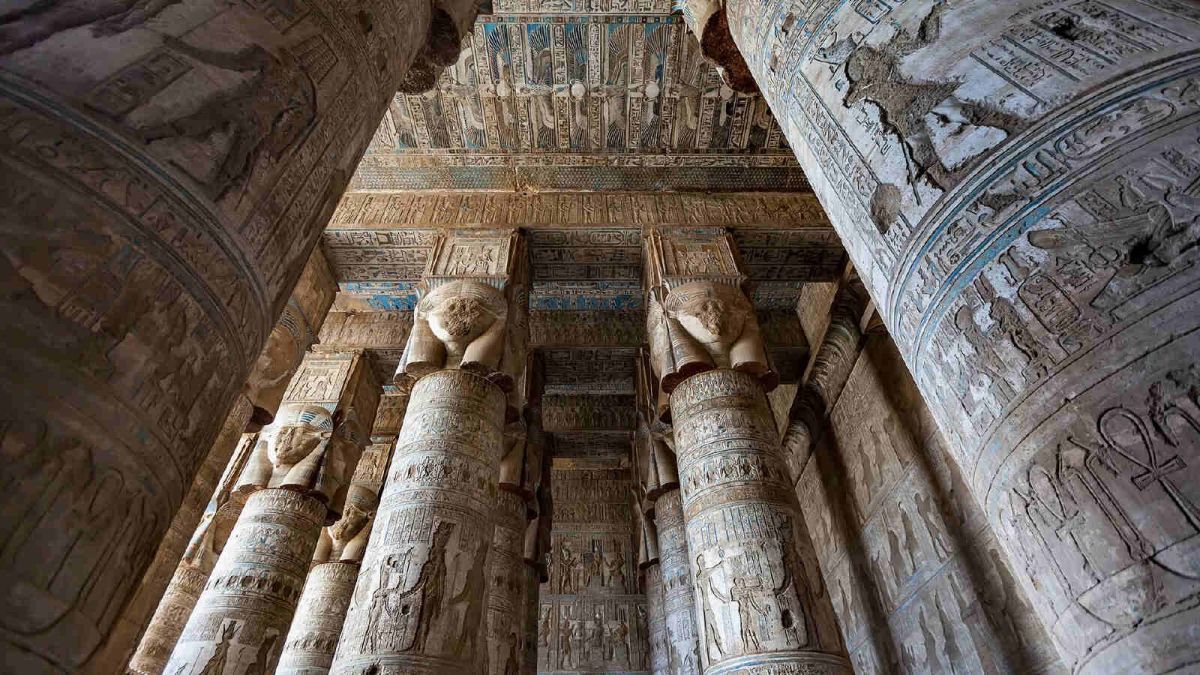
20. Madinet Habu
That puts a different perspective on ancient history and greatness, for any Egypt honeymoon tours is Madinet Habu. Built to remember Ramses III, this mortuary temple is located on the west bank of Luxor and is well-known for its greatly preserved reliefs and detailed descriptions of the Pharaoh's military campaigns. The complex contains a huge number of courtyards and halls ornamented by detailed carvings, while being fronted with a grand entrance gate known as a pylon. Making it even more alluring for loving couples, the peacefulness of this place and the historic values of the whole area of Madinet Habu correspond to a most romantic and culturally enriching stoppage among the beautiful places couples get to see during the honeymoon in Egypt.

21. Gebel el-Silsila
Gebel El-Silsila is one of the most interesting archaeological sites, lying right on the Nile between Edfu and Kom Ombo. The ancient quarry provided much of the sandstone used to construct so many of the grand temples of Egypt, among them the temples at Karnak and Luxor. It is also possible to see the remains of these ancient quarries and rock-cut shrines, like the ones dedicated to the gods Sobek and Amun. The site contains numerous inscriptions and stelae left behind by these workers, giving insight into daily life and the importance of their labor. Gebel El-Silsila provides a unique view of ancient Egyptian construction techniques and their historical setting for monumental architecture.
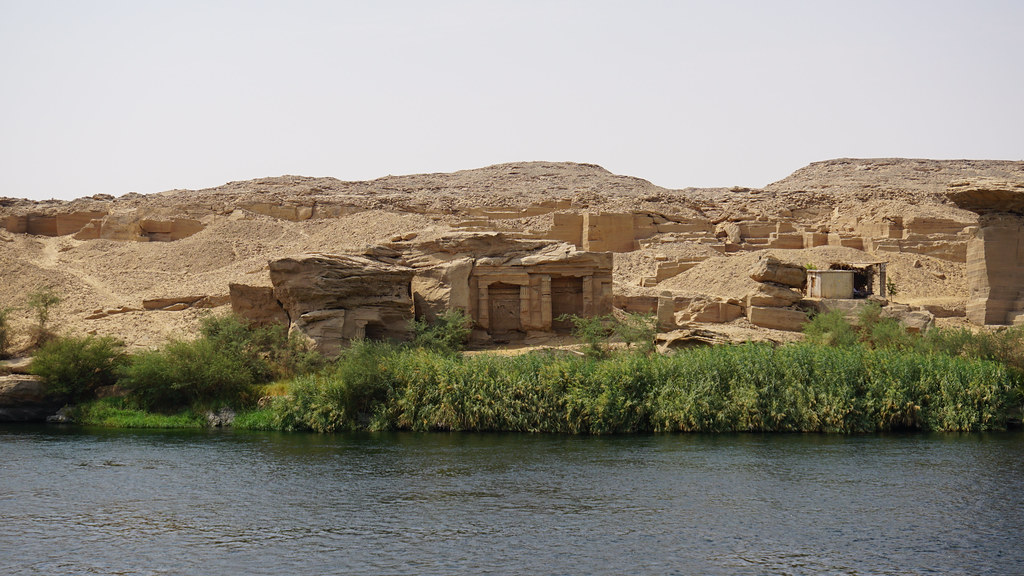
22. Temple of Khnum
The Temple of Khnum is one of the Nile River attractions situated in the city of Esna, about 55 km southwards from Luxor City. The temple of Khnum, the god with a ram's head and one of the major gods connected with the Nile and creation was renowned for the excellently well-preserved Hypostyle Hall. This hall from the Roman period has an astronomical scene decoration on the ceiling and is surrounded by rich, fully detailed reliefs with court scenes bearing offerings to the god Khnum and other deities. The impression is enhanced by the partially buried location: a different and self-immersive place for the visitors to explore the different wonders through the Nile.
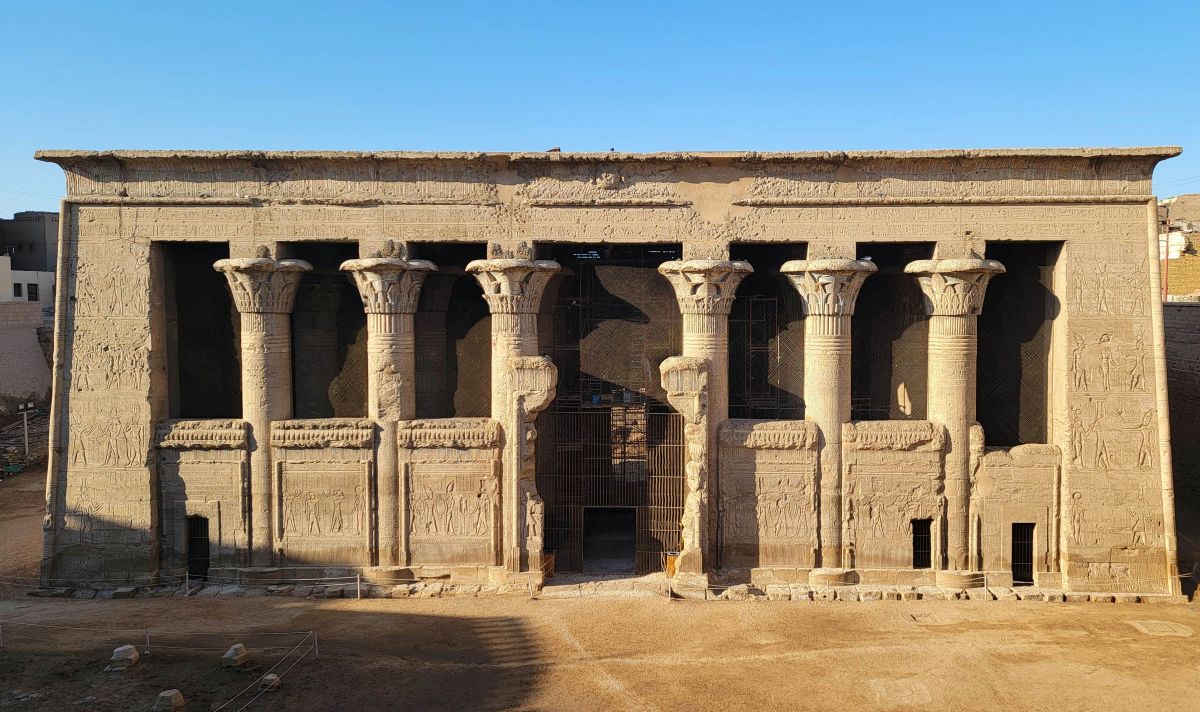
23. Temple of Nekhbet
The Temple of Nekhbet, located in Elkab, about 80 kilometers south of Luxor, belongs to the vulture goddess Nekhbet. She is one of the protectors of Upper Egypt and has been immortalized in this ancient site, part of a greater necropolis with tombs and temples dating back to different periods. Reliefs show Nekhbet with outstretched wings over the pharaohs, protecting them. It also includes local nobles' and officials' rock-cut tombs, which are elaborated with scenes of daily life and funerary rituals. The Temple of Nekhbet offers a quieter, more intimate exploration of ancient Egyptian religious practices and royal protection.
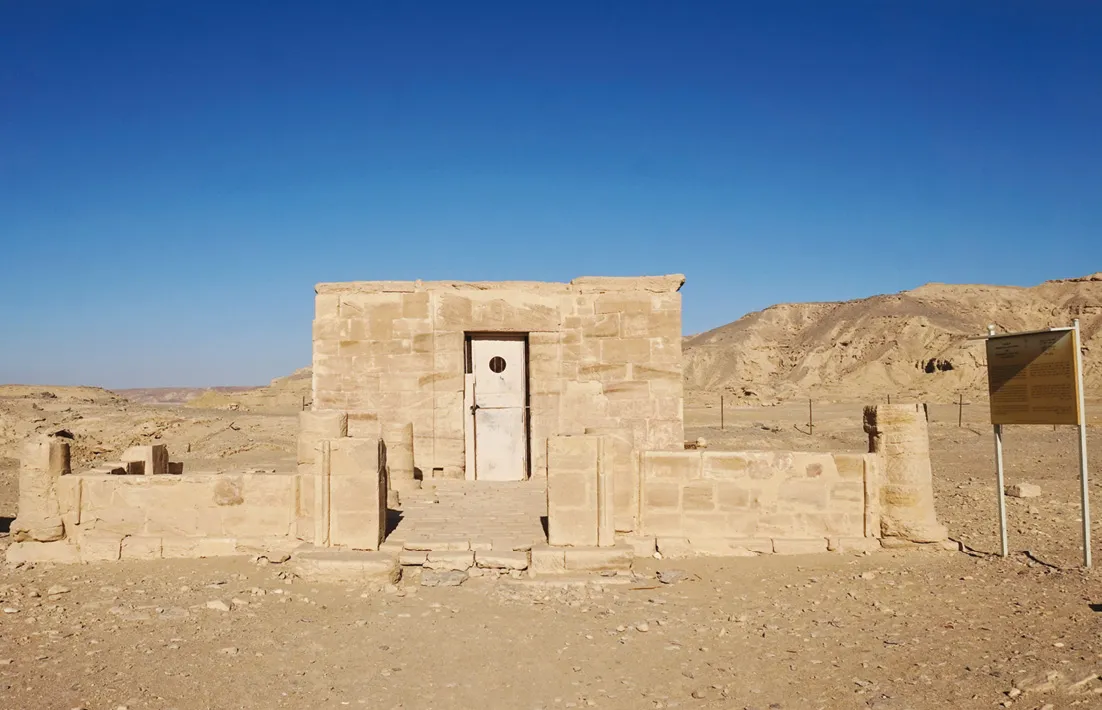
A lot of many Nile River tourist attractions, will give an unforgettable journey across the rich history and celestial landscape that is Egypt. The temples of Abu Simbel and Karnak stand to astound visitors, and the calm of Philae Island is what the Nile offers and captures the very essence of ancient Egypt. As you cruise along the Nile, you will pass by some of the top attractions to visit on a Nile River cruise, each giving a different glimpse into the past. It is a journey resplendent in its history, from the ruins of Kom Ombo and Edfu, the grandeur of Luxor's temples, and the mystery of the Valley of the Kings.
As you cruise along this fabled river, you will be getting into the world of Nile River cruise attractions, every one of them is conserved with pain to reflect the country's unexcelled heritage. From imposing views of the Colossi of Memnon to intricate carvings at the Temple of Hatshepsut, every stop testifies to architectural and cultural feats performed by ancient civilizations.
For others who might want to do just a little more in the storied past of Egypt, these Nile experiences blend without a hitch into Egypt classic tours for an in-depth exploration of the country's most iconic sites. Whether taking in the intricate reliefs of the Temple of Dendera or luxuriating in Kitchener's Island's serene landscapes, every destination seems to enrich one's comprehension of the majestic history of Egypt.
This will be, in a nutshell, your Nile River cruise much more than just a cruise, but rather a cruise through time. Take the opportunity to live at these extraordinary sites and soak in ancient wonders that make Egypt timeless.



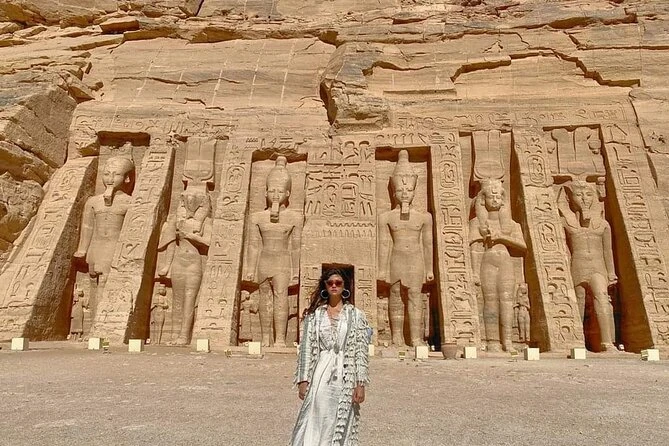
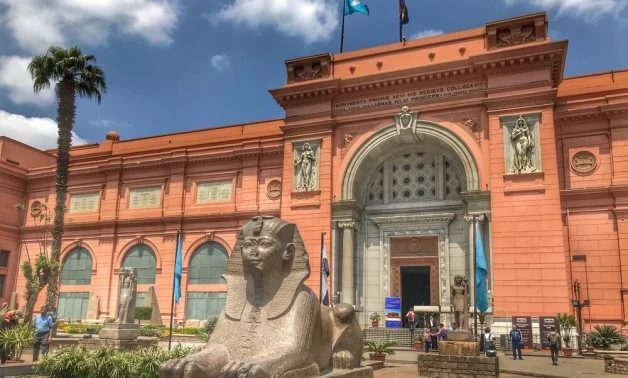
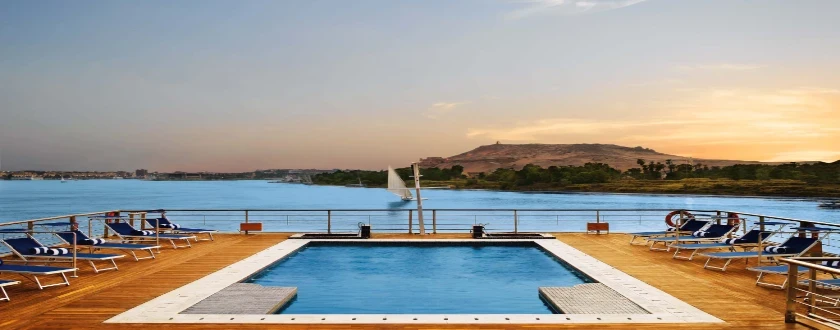

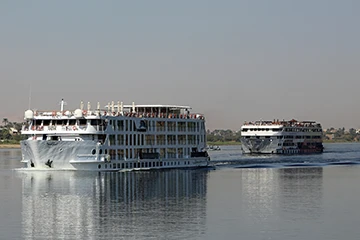
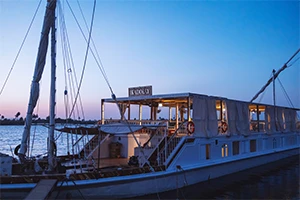


-webp.webp)




-webp.webp)


